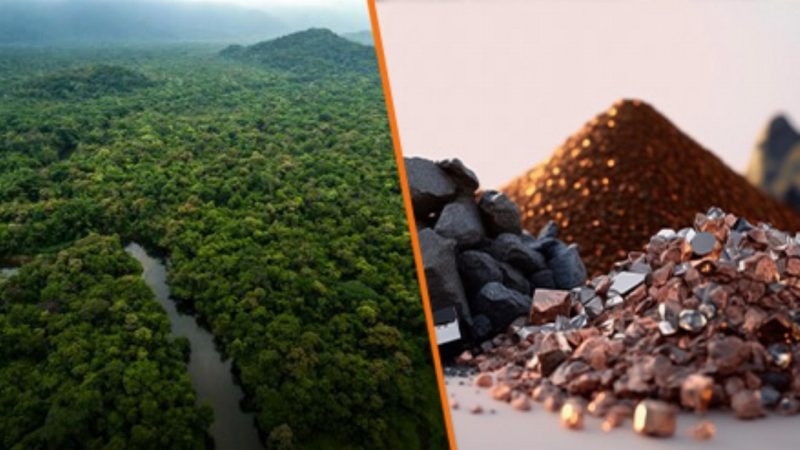ABx Group (ASX: ABX) is set to update its 52 million-tonne mineral resource for the Deep Leads/Rubble Mound rare earths project in Tasmania, based on a recent pipeline of drill results which show extension of the play’s high-grade zone.
The company has been progressing a 97-hole drilling campaign across Rubble Mound territory, with 19 holes in particular picking up mineralisation which shows the zone to be much bigger than predicted from last year’s reported resource estimate.
Drilling has also indicated an extension of this mineralisation in a southwestern direction towards the Alluvial Flats zone, which contains thick levels of rare earth elements (REEs).
ABx is the first company to find rare earths in Tasmania, and the project at Rubble Mound is built around clay-hosted REEs which are high in dysprosium and terbium.
The resource includes these elements at more than 4.5 percent of the total rare earth oxides (TREO): this being the highest proportion of dysprosium and terbium of any clay-hosted rare earth resource in Australia.
A new target area known as Wind Break is also due to be included in the updated resource estimate, which currently includes Deep Leads, Rubble Mound, Alluvial Flats and Leech Scrub.
Managing director and CEO Mark Cooksey said the drilling results had pointed ABx in the right direction with Rubble Mound’s progression.
“Our exploration results at Rubble Mound are outstanding and expand the Rubble Mound high-grade zone more than expected,” he said.
“ABx’s distinctively high proportion of dysprosium and terbium with high extraction rates under relatively neutral conditions is rare.
“We look forward to announcing a resource update soon, which will include Wind Break for the first time but will still only cover a fraction of ABx’s northern Tasmanian rare earth exploration target area of over 100 square kilometres.”
ABx is trading at 5c.
Ore geometry is favourable: Typically, the rare earth enriched layer is 4 to 7 metres thick
beneath 2 to 5 metres of clay and soil, which is considered ideal for restoring any mined areas to productive, fertile land.
ABx Director, Ian Levy said: “We have the experience and knowhow to find this unique Tasmanian type of rare earth resource, mainly in pine tree plantations and degraded scrubland. We’re aiming to develop a low-cost method of extracting the rare earths, and also improve the land. Sustainable production from Tasmania can ease the global shortage of these critically important rare earths and show the world that it can be done to a high standard.”

